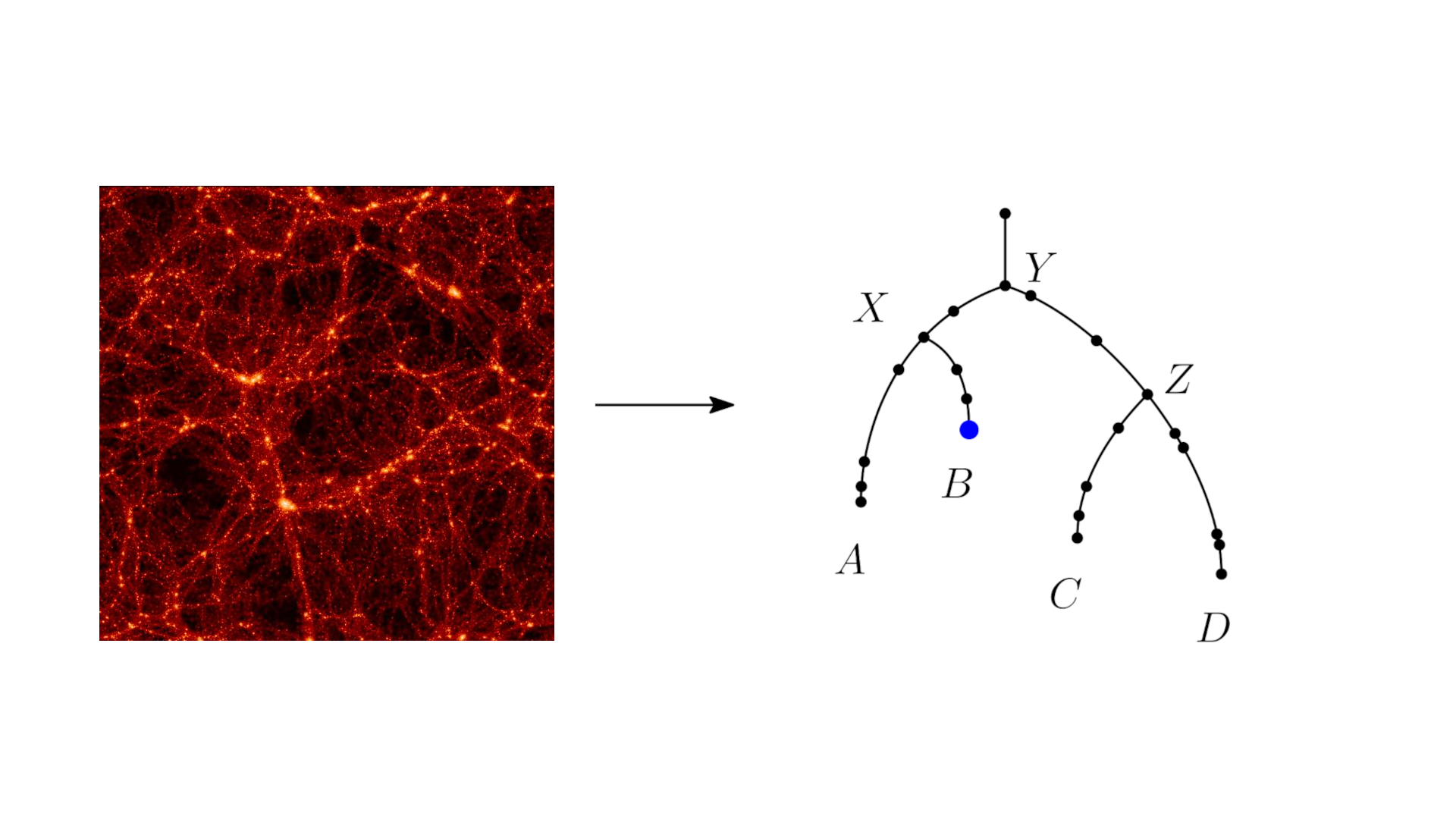Fast Merge Tree Computation via SYCL
Arnur Nigmetov, Dmitriy Morozov
View presentation:2022-10-17T20:00:00ZGMT-0600Change your timezone on the schedule page
2022-10-17T20:00:00Z

The live footage of the talk, including the Q&A, can be viewed on the session page, TopoInVis: Opening, Keynote + Session 1.
Keywords
triplet merge tree, computations on GPU, SYCL
Abstract
A merge tree is a topological descriptor of a real-valued function. Merge trees are used in visualization and topological data analysis, either directly or as a means to another end: computing a 0-dimensional persistence diagram, identifying connected components, performing topological simplification, etc. Scientific computing relies more and more on GPUs to achieve fast, scalable computation. For efficiency, data analysis should take place at the same location as the main computation, which motivates interest in parallel algorithms and portable software for merge trees that can run not only on a CPU, but also on a GPU, or other types of accelerators. The SYCL standard defines a programming model that allows the same code, written in standard C++, to compile targets for multiple parallel backends (CPUs via OpenMP or TBB, NVIDIA GPUs via CUDA, AMD GPUs via ROCm, Intel GPUs via Level Zero, FPGAs). In this paper, we adapt the triplet merge tree algorithm to SYCL and compare our implementation with the \vtkm implementation, which is the only other implementation of merge trees for GPUs that we know of.